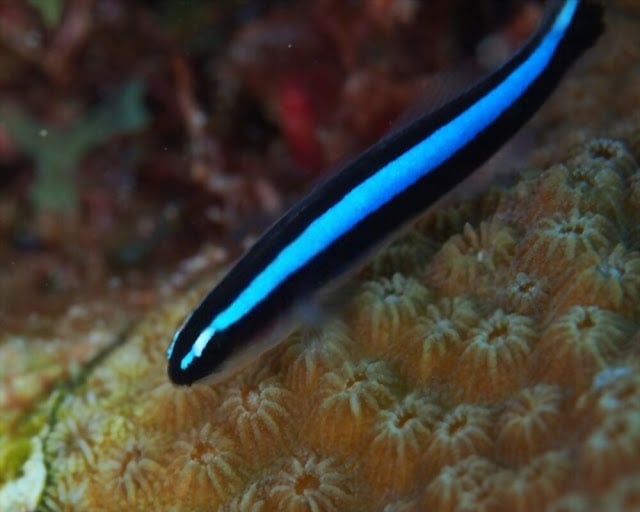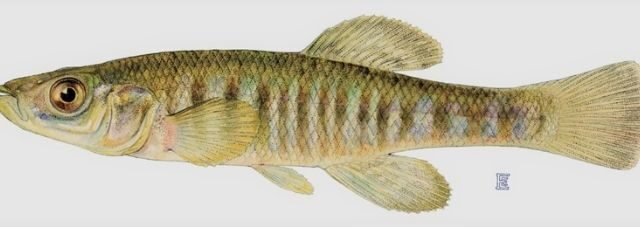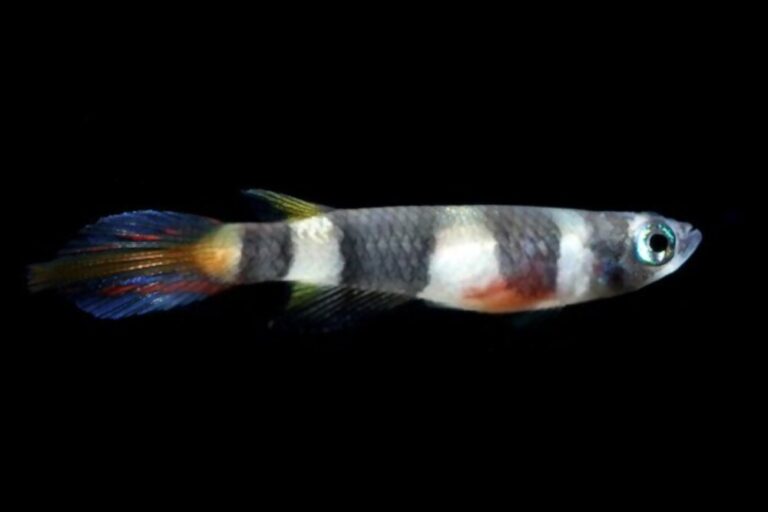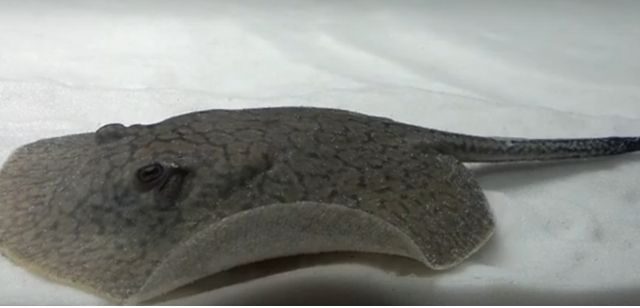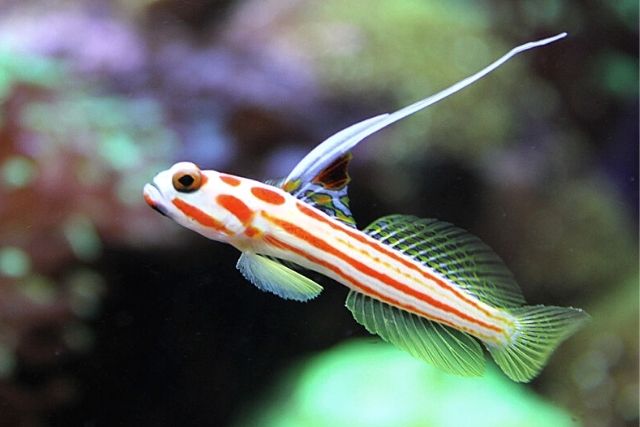Paradise Gourami: Lifespan, Behavior, Diet, Breeding, Care, Tank
Paradise gourami is a beautiful species, and its body is similar to the round-tailed betta fish.
Paradise gourami mostly lives in shallow water areas such as mountain ponds, rice fields, water springs and eat invertebrates. During the breeding period, the male fish spit foam into the nest and gather the eggs.
The male fish has the habit of protecting the nest. The individual is small because of its bright body color, and the male fish is combative. It is a famous ornamental fish.
| Scientific name | Macropodus opercularis |
| Family | Osphronemidae |
| Size | 5-10cm |
| Care level | Easy-Medium |
| Life span | 96-120 months |
Origin of Paradise Gourami
Paradise gourami is found in a vast area of Southeast Asia. It ranges from South Korea to eastern China, including Formosa and southern Vietnam.
The second species found that the tail fish is similar, but slightly smaller, with the same range, but will not travel far south.
The third type of paradise fish is tiny, with two longitudinal bands on the flanks, from India to Ceylon and from Myanmar to Vietnam.
Paradise Gouramis Size
The size of paradise gouramis depends mostly on gender. Because there is a huge difference in the size of males and females. The male reaches 10 cm in size, while the females are a little smaller than males and reach up to 8 cm.
Paradise Gourami Appearance
The ventral fin has one subsection, but its fins are particularly elongated, and the caudal fin is forked. The appearance of paradise gourami is different for male and female gourami.
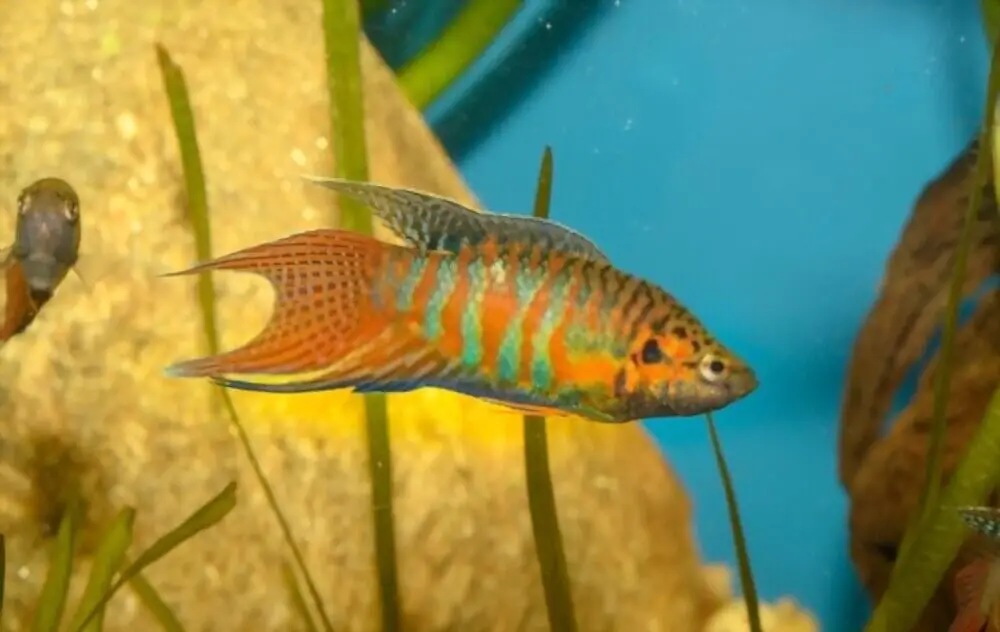
Coloring Difference In Male & Female
The color of the paradise gouramis also differs between the male and female. The male body’s coloration is more intense than the female’s.
The females are predominantly green-gray, and the male colors include a variety of vibrant colors with blue-green rays and different shades of orange, light blue, white, and red.
Physical Difference in Male & Female
The wings of the male paradise gouramis are larger and longer than female ones. This change usually reflects how males approach adult reproductive age. Another significant physical difference between males and females is the lips since their lips are much softer and bigger.
Paradise Gourami Behavior
Paradise fish fight, bully and attack each other and kill small fish. During a fight, the paradise fish often change color, with mostly dark blue stripes on the body’s sides. Wings extent out its operculum.
Paradise Gourami Aggressive
Males are territorially aggressive. This behavior is more pronounced during the sexual season and should only live together when the breeder tank is large. It is also advisable to give two or more females to each male to distribute male attention.
They show more aggressive behavior towards other paradise fish than fish of other species. Aggressive activities often increase as the distance to the fish house increases.
Paradise Gourami Care
When you care for paradise fish, it is essential to know that how to clean your tank. The poor water quality and too many algae is a major cause of fish diseases.
Like any other fish, paradise gourami also get diseases. Sometimes the aquarists see Lymphocystis infection shortly after receiving it.
The growth of pinpricks begins to develop on the wings. This is sometimes confused to go (which results in white spots on the upper body).
It is normally caused by anxiety and ultimately the fish cannot swim.
Bacterial infections can also be a problem for gourami paradise, such as fin rot and dropsy. For their treatment, Antibacterial treatments are available.
By maintaining the best water conditions, nearly all of the diseases can stop, changing the water regularly, and ensuring that the fish are not harmed.
The most common problem is constipation and is caused by feeding them food of low quality. Therefore, follow the nutritional recommendations above to ensure that they are not restricted.
Difficulty in swimming, lethargy, stringy feces, and lack of appetite are the symptoms of constipation.
Paradise Gourami Diet
Paradise fish eat almost all foods, but they must follow a high protein diet (except plant foods). They also eat mosquito larvae, black worms, wine roots, and little flies.
How Often To Feed Fish & How Much? A Proper Fish Feeding Guide
Sometimes paradise gouramis can be nippy and eat just enough to get their mouth. Gourami may not be the best option if you want to keep shrimp or breed fish.
These types are not good team players. Please think twice before combining them with other fish.
Paradise Gourami Tank Size
A male gourami paradise with a size up to 10 cm can be accommodated in a 20-gallon tank, but a 30-gallon aquarium must keep a couple and community of fishes. They enjoy stiff plants. Some branches and rocks can also be kept in the breeder tank, which offers places to hide and escape.
Tank Condition for Paradise Gourami
Take the needs of your gourami fish into account when designing a tank.
Suitable aquariums for the paradise gourami must be able to hold at least 113.5 liters of water. These narrow fish are sensitive to all types of nutrients, including shrimp, blackworms, bloodworms, flakes, and water fleas.
Like labyrinth fish, gouramis can reach oxygen directly from the air. This is due to their respiratory organs, which are called labyrinth organs.
Paradise gouramis are relatively undemanding and therefore adapt well to most community breeder tanks. Choose non-aggressive tankmates of similar size. Dwarf cichlids are suitable, as are caracids and other labyrinth fish.
Since males can be quite territorial, it is wise not to keep more than one male gurami in the same tank unless the space is large enough to allow everyone to reclaim their territory.
A medium to medium sized neutral colored substrate is preferable.
A filter and a heater are enough don’t need any special equipment. Some people are adding air pumps to their tanks, but this is not important these paradise gouramis are skillfully equipped to thrive in environments where most other fish die. Thanks to their labyrinth organ, they can survive in water that is poor in oxygen.
Temperature
The optimal water temperature for most gourami fishes is 74 to 79 F (24-26 C.). The water must be neutral or slightly acidic and relatively soft. Plant the tank well with Cryptocoryne, or rich vegetation like Java Fern and Vallisneria.
Paradise Gourami Tank Mates
Paradise gourami tankmates should be chosen carefully. These fish are not suitable for others, especially if they are the same size or smaller.
Paradise fish tankmates should be chosen carefully. Suitable ones include giant danios, large tetras, most small catfish, and even some less aggressive cichlids, such as Firemouth cichlids.
Fishes with Slow or longfin, such as goldfish and freshwater angelfish, are likely to be attacked by males. Bettas and gouramis can also be victims because they resemble paradise fish.
Tough cyprinids like great white sharks or giant characins can also take care of themselves. Fish that live deeper in the tank tend to overlook paradise fish but should still be large. Catfish and loaches both fall into this category.
If you add snails or shrimp, it is very dangerous. Some species will eat it, and others will not.
What Fish Can Live With Paradise Fish?
Cory Catfish is the fish that you can’t miss in your breeder tank. These armored catfish are incredibly peaceful but still active and fun to watch. This makes them perfect tank mates for terrible paradise gouramis.
Are you considering adding Neon Tetras or Cardinal Tetras to your breeder tank? Then it would be best if you also considered other types of tetra, such as the wonderful Tetra Glowlight.
This calm school fish is a perfect match for gouramis because the colors are a little less ‘neon,’ so the gourami is not considered competitive.
Another active and colorful school fish, Harlequin Rasboras, is an excellent choice for looking for fish that spend life in your breeder tank without disturbing your gourami.
These small rasboras do not need a large aquarium and prefer a water environment that paradise gouramis also appreciate.
Paradise Gourami Male vs Female
Male paradise fish are more extensive than females and have more transparent and stronger color patterns. His wings are also longer and larger than females.
All three types of paradise fish are covered with stripes in bright colors, but all of these stripes were hormonally enhanced in men during courtship.
Paradise Gourami Breeding
Like most fish in the labyrinth family, the Paradise Fish are fast food builders, and it is not difficult to breed this species. They breed Betta style with a bubble nest that protects them from death.
Males often build bubble nests, usually under a leaf. Before leaving, they must be in a unique state in a unique environment and have a small supply of live and frozen food several times a day.
If the well-fed female has to fill their eggs, it turns out very plump. Females who are not yet ready to lay eggs should be kept away, as males are inherently poor and can hinder or even kill an unprepared female.
Breed individually. Approx Twenty gallons in size should be set with a low water level of approximately 15 to 20 cm.
Normal water parameters are suitable, but raise the temperature to 26-29 °C. You can add small air-powered sponge filters and some peat filtration, but tank flow should be minimal.
Paradise gourami needs several good bunches of good-leaved plants such as Hornwort or Milfoil for hiding during the breeding process.
FAQs
Is paradise gourami aggressive?
Unlike many other fishes, gourami paradise fish is very aggressive and wild. It is known that they fight with each other regularly and generally have more doubts about their gender than others. Respect for paradise gourami is important if they want to make sure that they live a long and happy life.
Do paradise fish need air pump?
Anabantids are skillfully equipped to thrive in environments where most other fish die. Thanks to their labyrinth organ, they can survive in water that is poor in oxygen. They Do not need air sources with an air pump, as this does not benefit Paradise Fish.
Can paradise fish live with guppies?
Paradise fish loves to eat guppies. Hence they are not live together. If paradise eats little guppies, they can help them live longer.
Do paradise fish need a heater?
Paradise fish are cold-water fish and therefore more resistant to lower temperatures than tropical fish alone and do not need to be heated in their aquarium.
Summary
The paradise fish (Macropodus opercularis) is a type of gourami native to various parts of East Asia. They are usually located near Korea, the coast of China, and Vietnam.
They prefer shallow water with lots of plants, common with many gourami types (like the dwarf gourami). Paradise fish feel most comfortable here and have no problem living in a variety of other water conditions.
Because of its beauty, the paradise gouramis has long been famous as a tropical fish. They were one of the first ornamental fish out there!
